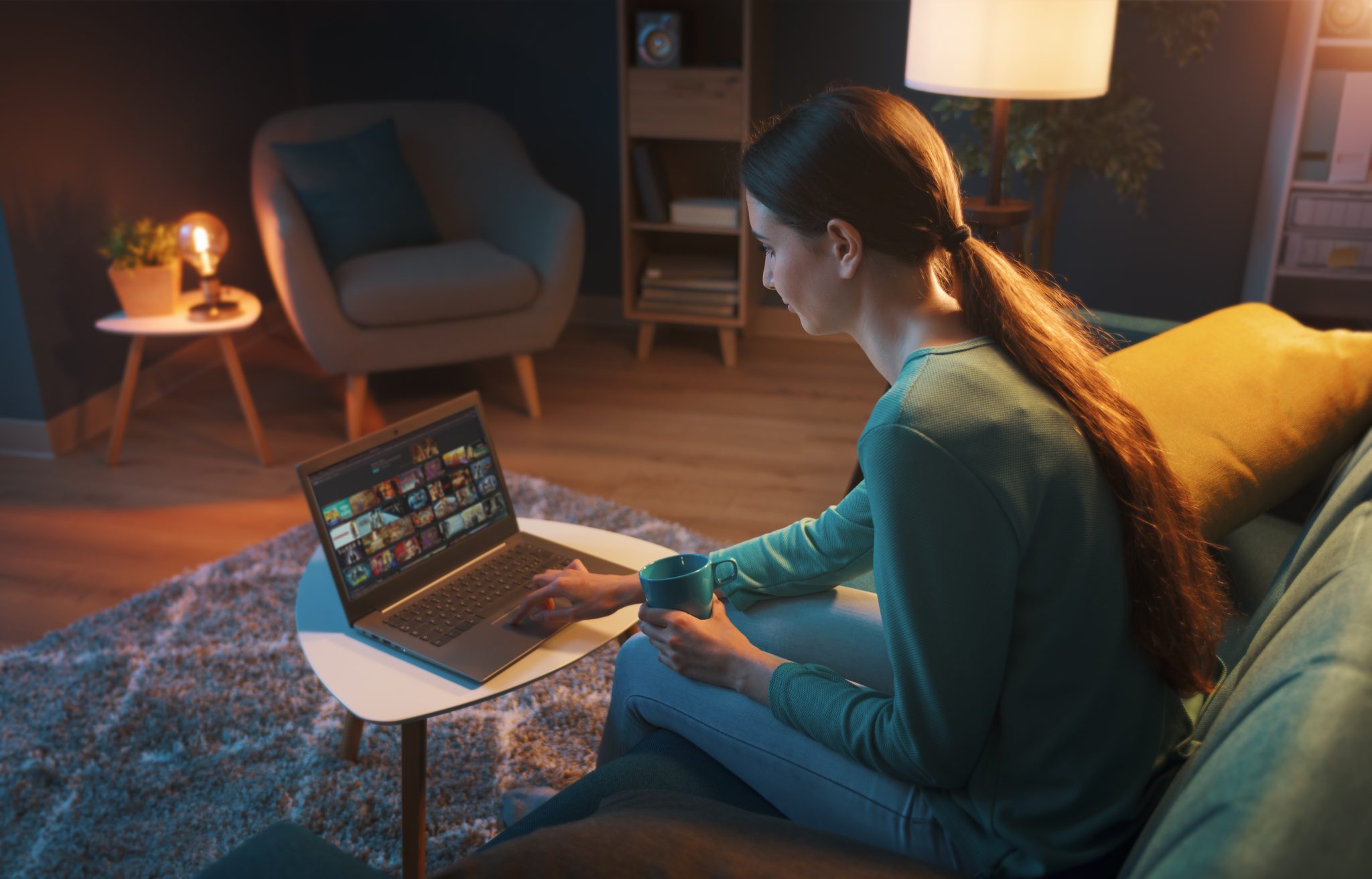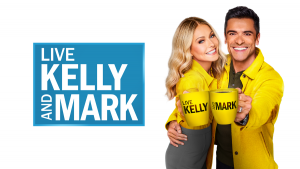NIELSEN’S NEW LOCAL TV METRICS
In a first for the company, Nielsen recently launched comparable reporting of local TV’s OTT streaming apps. This new feature enables broadcasters to understand the full reach of their local content across platforms and drive growth as they explore new ways of distributing premium video. “By capturing local audiences across both streaming apps and linear television, broadcasters can understand the full reach of their local content across platforms to drive growth as they explore new ways of distributing premium video,” said Nielsen. Local content owners will have “a more complete picture of their unique audiences regardless of platform, powering critical insights and new incremental revenue opportunities,” the company added. “This new innovation is the next step in aligning our local TV measurement to national TV,” said Catherine Herkovic, EVP, managing director, of audio and local TV at Nielsen. (TVNewescheck: 4/6/23)
LINEAR TV’S STRENGTH
Although the reports of the demise of linear TV have been “greatly exaggerated”, it is far from at its end. OTA continues to grow, and most of the U.S. continues to access network or cable programming. The TVB “reports that while cable and satellite penetration has declined over the past 10 years, national penetration of OTA (broadcast-only households) increased by 48%, to some 15% of all U.S. TV households.” With challenges like advertising frequency in CTV, and research showing that “optimizing reach against a broad purchase target is a key variable in the success of branding campaigns”, linear TV will continue to be part of the mix. The challenge moving forward will be for addressable, CTV, and digital video to build on linear TV’s reach, through better cross-platform measurement. (MediaPost: 4/4/23)
UPFRONT CURRENCIES
Digiday’s latest Future of TV Briefing looks at how TV networks, advertisers, and agencies are responding to more alternative measurement currencies than ever. However, according to one unnamed TV network executive, “No one’s ready” to move away from Nielsen. A second executive (also unnamed) agrees that “the core of the upfront is still rooted in Nielsen”. Currently, the largest struggle in the industry is “the lack of universal support for non-Nielsen measurement providers.” However, even if this is just a transition year, Digiday warns, that the currencies could “change after the upfront deals take effect in the fall.” (Digiday, requires subscription: 4/5/23)
CORD-CUTTING’S IMPACT ON LICENSING FEES
Newsmax recently issued a statement explaining that the mid-size cable TV provider Frontier Communications dropped their conservative news channel, however, politics was not the reason, it was funding. “Cord-cutting issues continue to be a major problem, all of which makes cable TV and other providers looking to trim back on expenses and costs – such as dropping network or channels that demand a carriage license fee.” As a result, the writer conjectures that pay TV operators may see more value in signing up larger networks, in an effort to sell more, higher-priced advertising. (MediaPost: 4/6/23)
Starting Monday, Mark Consuelos, Kelly Ripa’s husband, will make it official as co-host of “Live with Kelly and Mark”. For over 35 years on air, “Live” is currently the number one entertainment talk show on TV. According to their profile in People, it’s a “dream come true” for Kelly. Ripa and Consuelos are no strangers to working together, having met on the set of All My Children in 1994, where he was cast opposite the soap’s breakout star. (People: 4/12/23)



